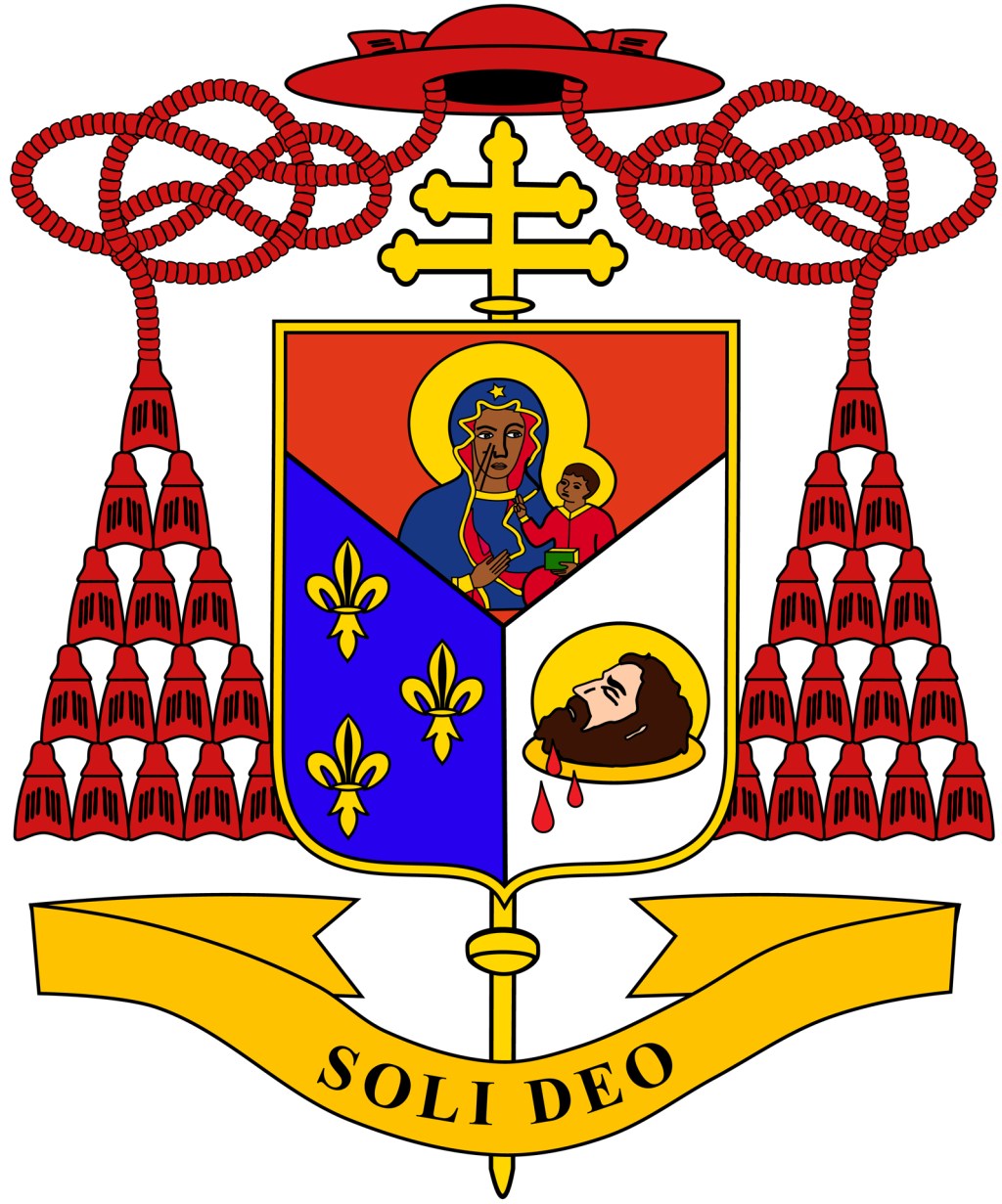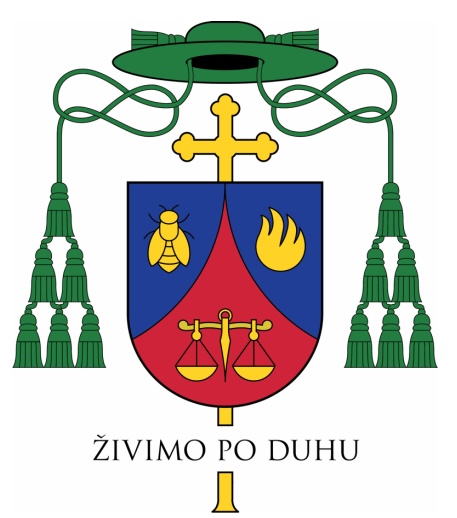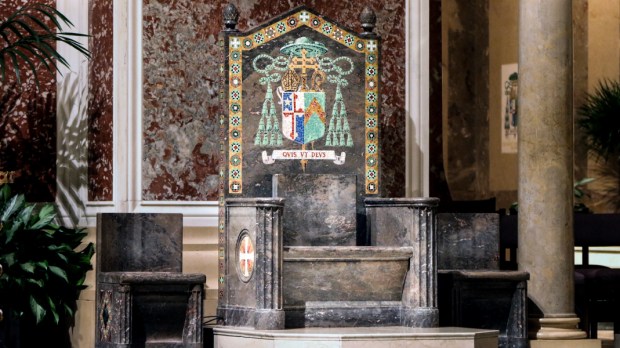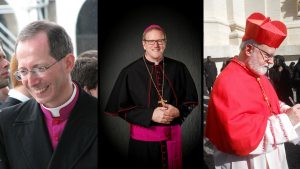Bishops can be recognized by their mitre, ring, and crozier. On the cathedra where they sit, there’s also a curious symbol. On top of the coat of arms sits a strange hat: the galero. This broad, flat-brimmed hat was originally worn by the various members of what was traditionally known as the “lower clergy,” i.e. the monks and priests who worked in parishes, closest to the people of God.
At the First Council of Lyon in 1245, Pope Innocent IV made the red galero part of the uniform of cardinals, and over time it became the cardinal’s attribute par excellence.
It was only after the Second Vatican Council that its use was removed, along with that of the black biretta for priests, by Pope Paul VI’s instruction Ut sive sollicite. However, traces of it can still be found today on the coats of arms of “high clergy.”
Usage and symbolism
Heraldry originated in the art of warfare and tournaments, in which the clergy did not participate. In the 13th century, however, the use of heraldry spread to the high clergy, who, like the bourgeoisie of the time, took on the role of nobility.
To traditional heraldry, the clergy added a series of external ornaments, sometimes joined to the nobiliary ornaments that distinguished the wearer’s birth. The galero then became the ecclesiastical symbol par excellence, distinguishing the function of the bearer of the coat of arms, according to two clues: its color and the number of tassels hanging from the cords framing the coat of arms.

Thus, the usage is red with 30 tassels for cardinals, green with 30 tassels for primates and patriarchs, green with 20 tassels for archbishops, and green with 12 tassels for bishops. The bishops’ coat of arms thus takes up the highly symbolic number that evokes the number of apostles chosen by Christ and recalls the bishop’s apostolic function, as well as the authority of the Holy Father to which he is subject.

Episcopal heraldry today is much more pared-down than it was in the past, although the “green hat accompanied by a cord with six tassels of the same color on either side” remains. The Second Vatican Council, in particular, marked a turning point in the use of liturgical objects and symbols, signifying a clean break with the pomp of previous centuries, in order to emphasize the closeness between the people of God and their pastors.
This sobriety extended to ecclesiastical heraldry: Bishops’ coats of arms were refined and noble ornaments replaced, first by the mitre and crosier, then by a simple cross, while the galero remained.



